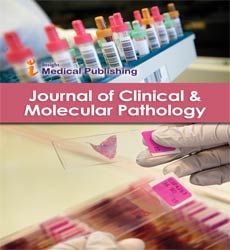Nanodrug carriers: Evolving strategy to solve bioavailability problems of poor soluble drugs for successful oral deliverance
Abstract
Poor solubility of majority of pharmaceutical agents has been an everlasting burden for successful oral drug delivery. Low aqueous solubility directly hampers the oral bioavailability and thus the onset of action is unduly delayed. Several compounds have been failed to reach at production stage owing to their low absorption associated with low bioavailability upon oral administration. Poor oral bioavailability restricts the drugs to reach their desired effective concentration in blood to elicit therapeutic action. Thus, strategies to improve solubility and bioavailability of orally administered drugs have been constantly attempted by the formulation scientists. Over last few years, novel drug delivery platforms like polymeric nanoparticles, nanoliposomes, polymeric micelles, solid lipid nanoparticles etc. have been catching the attention of scientists in designing modified drug carriers to enhance the long pending bioavailability issues poor soluble drugs. Such nanodrug delivery platforms owing to their architectural uniqueness protect the loaded cargo against enzymatic degradation plus increase the gastro intestinal absorption to enhance their bioavailability. In recent times, advanced/engineered nanodrug carriers have shown promising potential in solving bioavailability issues of hydrophobic drugs, which needs further discussion and exploration for their future clinical translations.
Open Access Journals
- Aquaculture & Veterinary Science
- Chemistry & Chemical Sciences
- Clinical Sciences
- Engineering
- General Science
- Genetics & Molecular Biology
- Health Care & Nursing
- Immunology & Microbiology
- Materials Science
- Mathematics & Physics
- Medical Sciences
- Neurology & Psychiatry
- Oncology & Cancer Science
- Pharmaceutical Sciences
